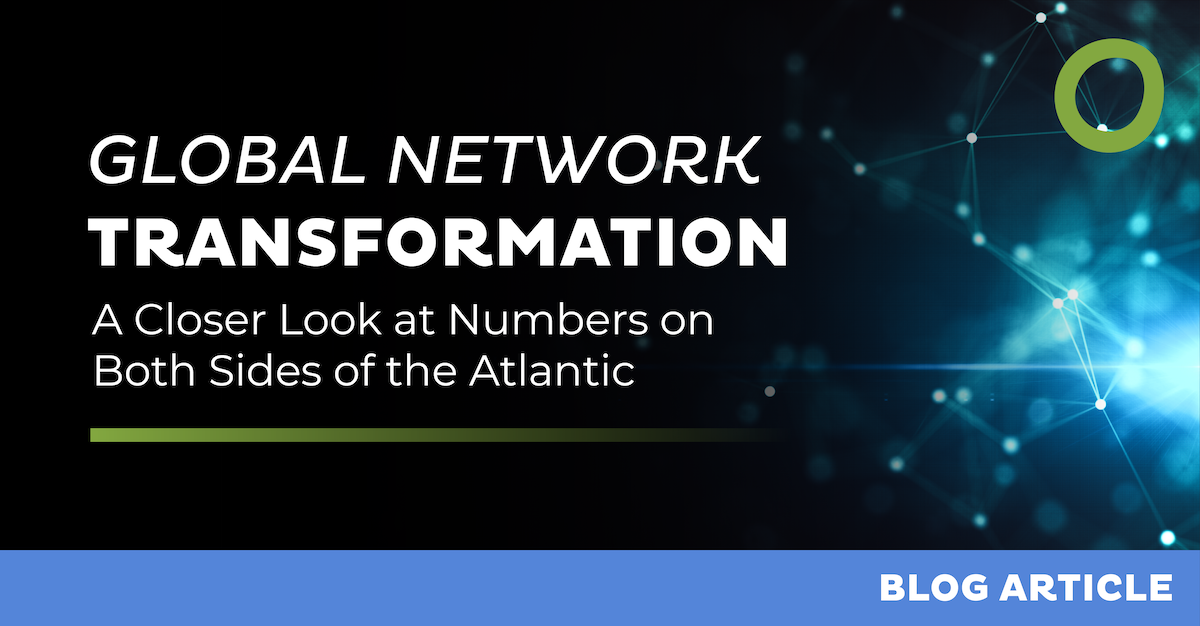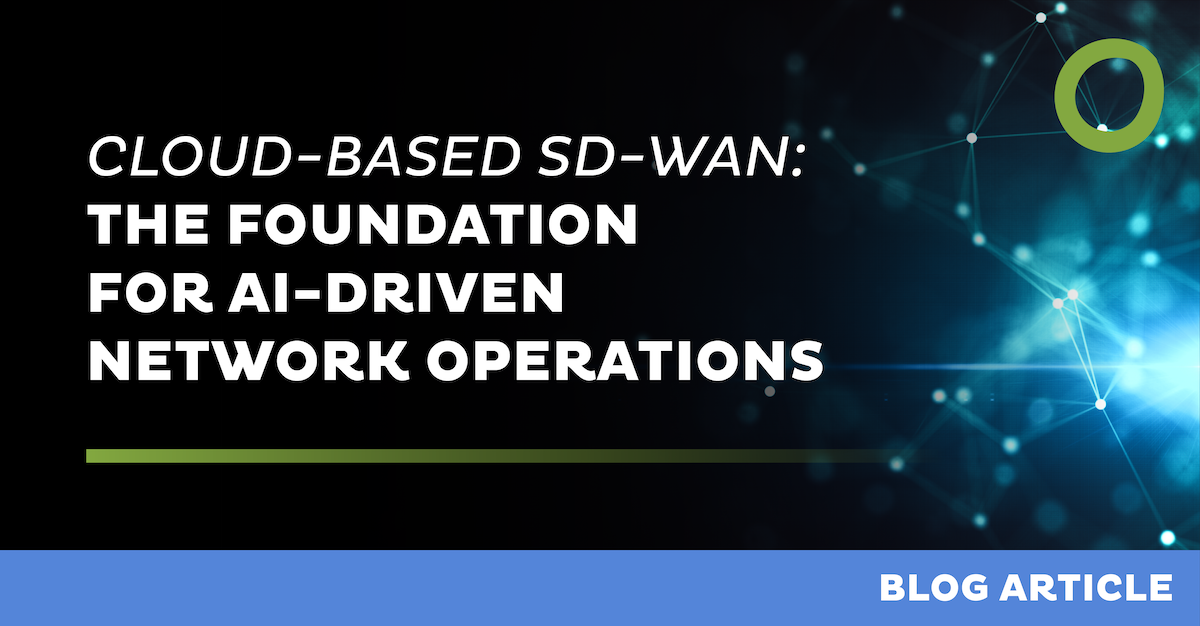
2025 Enterprise Networking: The End of Telco Fragmentation?


A New Era of Complexity for IT Networks
Enterprise IT teams today face a dual challenge: deliver high-performing, always-available connectivity for a globally distributed workforce – while managing increasingly fragmented network infrastructure.
Traditional telco providers often separate their underlay (the physical connectivity layer) from the overlay (like SD-WAN), leaving enterprises juggling multiple vendors, conflicting SLAs, and limited visibility when issues arise.
In 2025, this model no longer holds up.
The Hidden Costs of Telco Fragmentation
Many organizations still operate with separate contracts for their internet access lines (ISP/MPLS) and SD-WAN service. This approach creates:
- Operational friction: Who resolves an outage if it’s unclear whether it’s a line issue or a routing failure?
- Increased downtime: According to the Uptime Institute, 31% of recent data-center outages were caused by network failures.
- Delayed incident resolution: Over 70% of outages originate in the underlay — but most SD-WAN vendors don’t manage it.
The result? Blame games, longer MTTR (mean time to resolution), and rising support costs.
Bandwidth Isn’t One-Size-Fits-All
One of the biggest oversights in many network strategies is the assumption that bandwidth can be provisioned uniformly.
But the truth is: bandwidth needs are highly application- and location-dependent.
- AI workloads and video calls require low-latency, high-throughput links.
- Smaller offices might overpay for bandwidth they never use.
- Usage patterns shift seasonally, or with events (e.g. M&A, marketing campaigns).
Enterprises that rely on fixed contracts and slow provisioning cycles are locked into inflexible network topologies that can’t keep up.
Regional Optimization, Global Orchestration
It’s tempting to negotiate with regional telcos for cost savings. But what you save in dollars, you often lose in operational complexity.
A better model? Global orchestration with localized flexibility. That means:
- Leveraging a global backbone with high-speed pop-to-pop connectivity
- Allowing local exceptions for regulatory or physical constraints
- Centralizing SLAs and monitoring via a single provider and NOC
This structure delivers the best of both worlds: global performance guarantees with local adaptability.
Why the Underlay Matters More Than Ever
SD-WAN often gets the spotlight – but the underlay layer is where most incidents originate.
A 2024 study from ThousandEyes confirms what many network ops teams already know: ISP outages, packet loss, and peering issues remain the #1 source of application performance degradation.
If your NOC can’t see or fix underlay problems, you’re stuck in the dark.
That’s why more enterprises are choosing providers who integrate both underlay and overlay – and offer 24×7 monitoring, incident ownership, and real-time performance metrics across both layers.
Flexibility is the New SLA
Network agility is no longer a nice-to-have. Whether onboarding a new cloud service, acquiring a company, or dealing with localized outages, enterprises must scale, reroute, and adapt – often in hours, not months.
Legacy telco contracts often require 30-90 days for a bandwidth change or new circuit. That’s unacceptable in 2025.
Modern providers are now delivering:
- On-demand capacity scaling
- Automated policy-based routing
- Elastic underlay provisioning with ISP diversity (e.g., DIA + satellite options like Starlink)
It’s Time to Rethink the Model
If your current network setup is complex, opaque, and slow to adapt – you’re not alone. But the most innovative enterprises are already moving toward a new model:
- Unified underlay + overlay
- Centralized visibility
- SLA-backed performance guarantees
- Fast, flexible response to change
Open Systems is at the forefront of this transformation, offering:
- Global underlay (curated last-mile + backbone) across 180+ countries
- Intelligent SD-WAN overlay with deep traffic insights
- End-to-end SLAs covering jitter, latency, packet loss – not just uptime
- A 24×7 global NOC that resolves both ISP and SD-WAN issues with one call
Leave Complexity
Behind
To learn how Open Systems SASE Experience can benefit your organization, talk to a specialist today.
Contact Us



